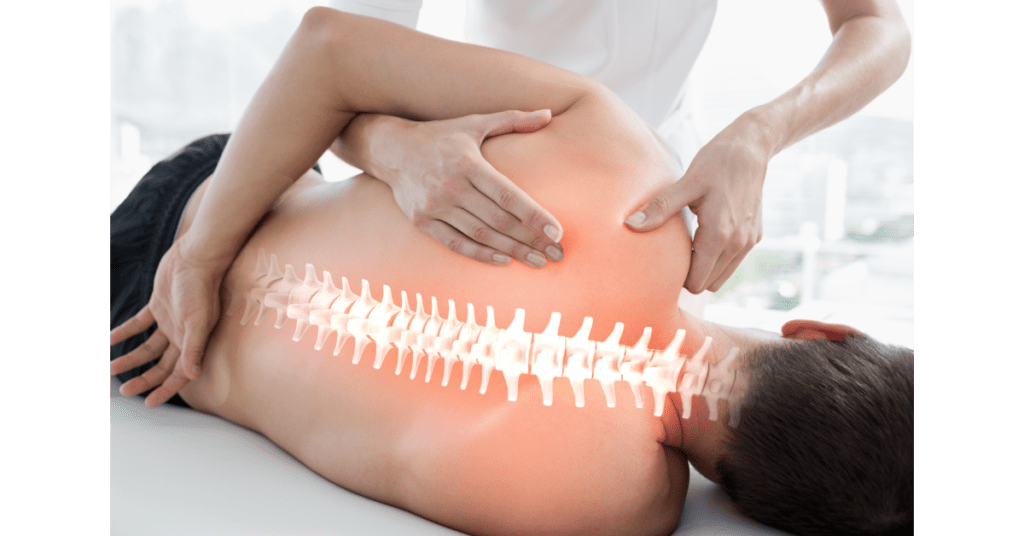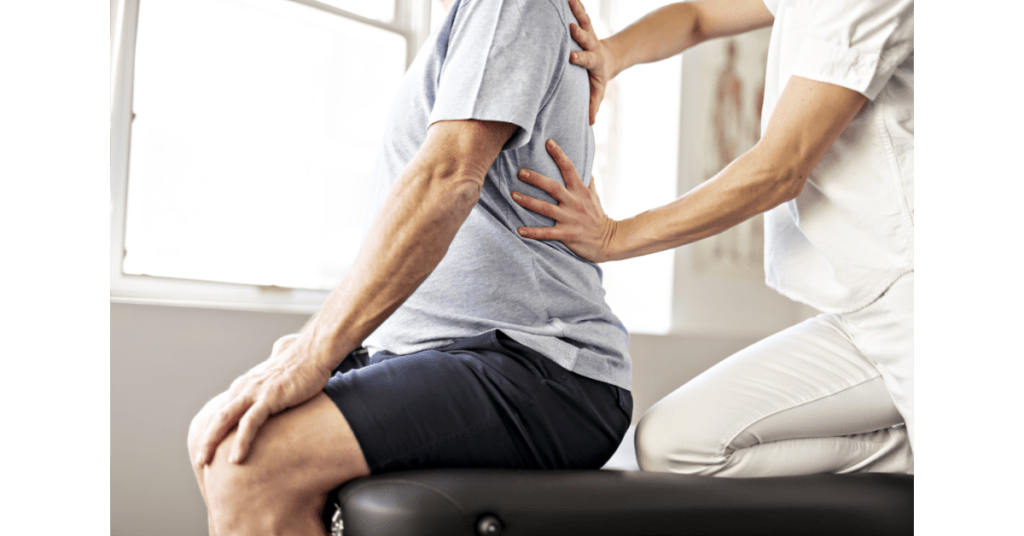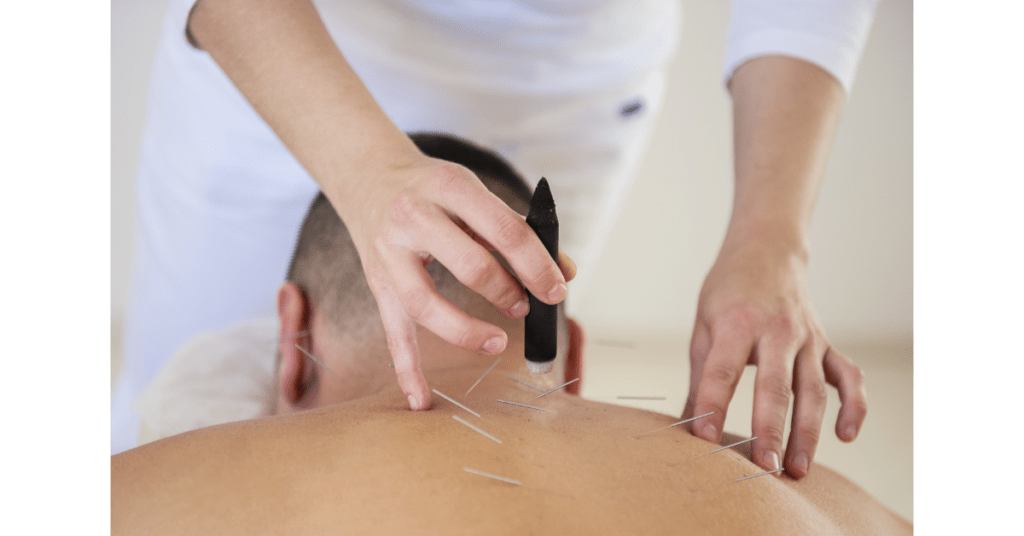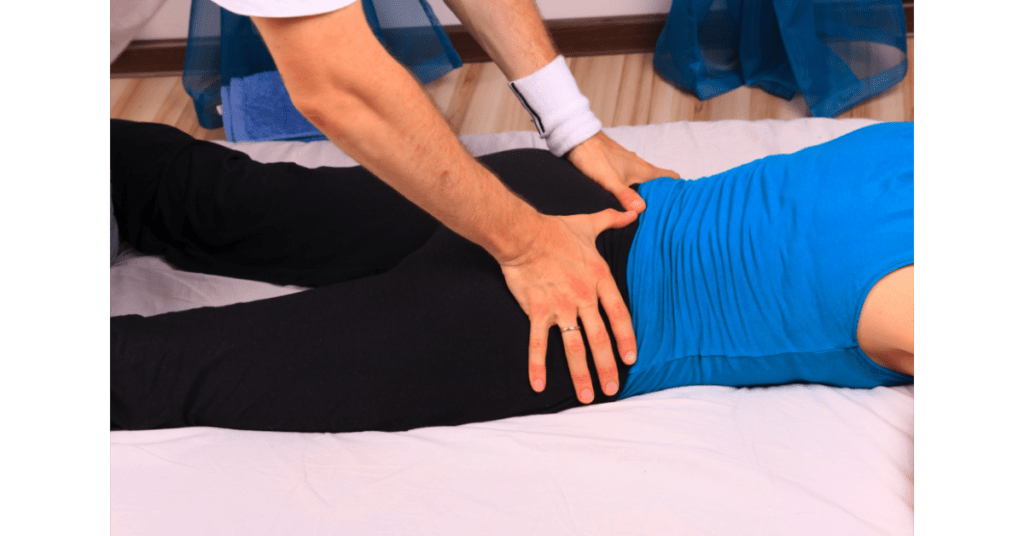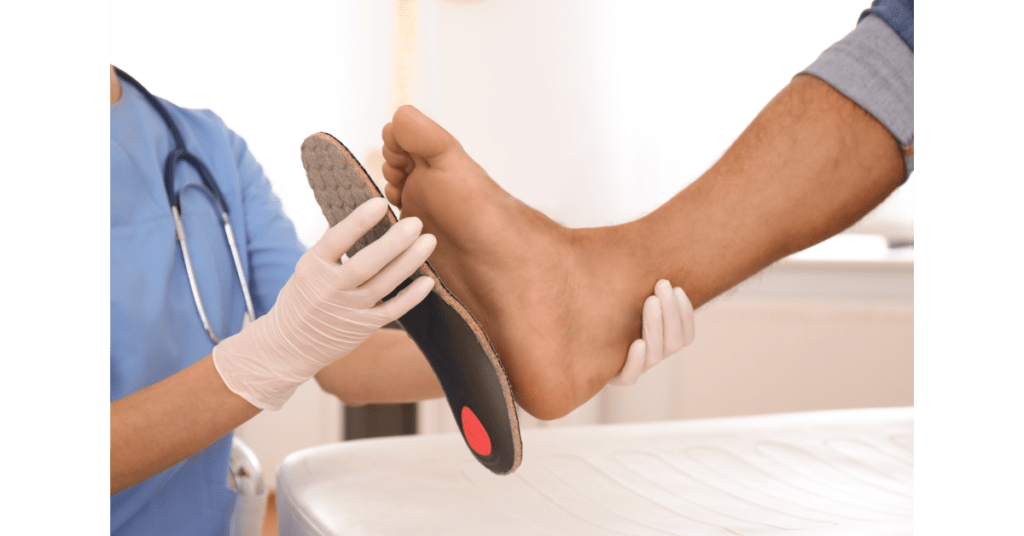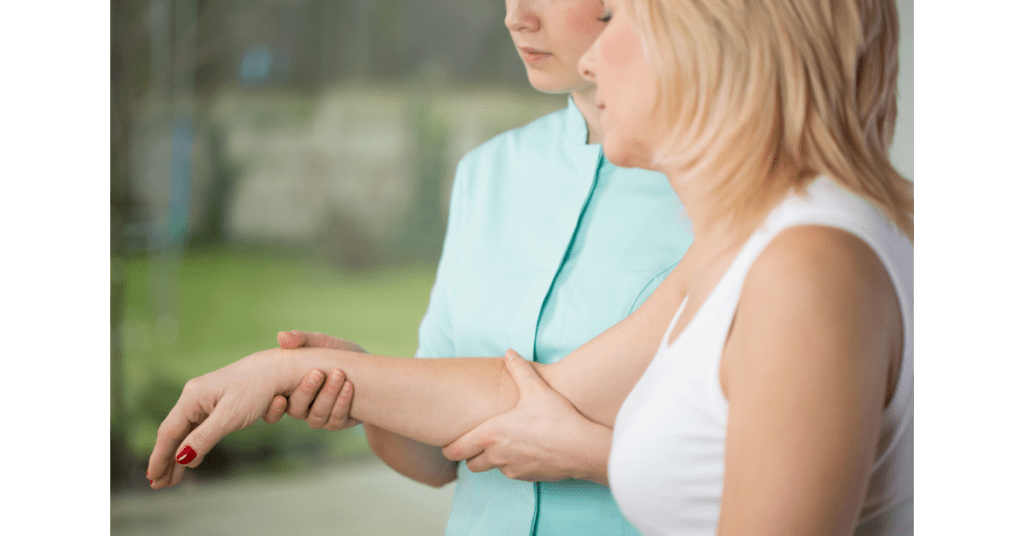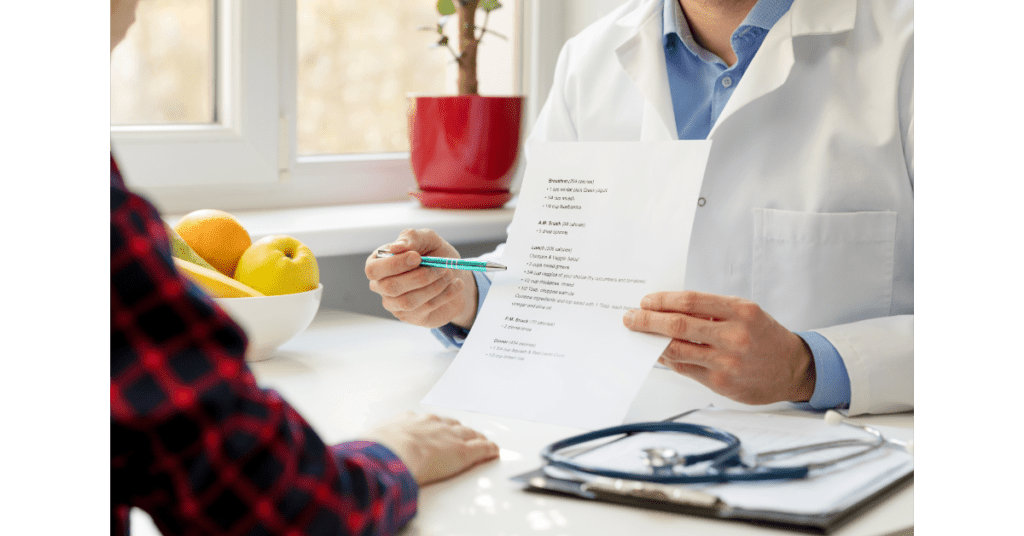What are Bouchard’s Nodes?
Bumps on the joints in the middle of the fingers indicate advanced finger arthritis and are called Bouchard’s nodes. These joints are also known as the proximal interphalangeal joints (PIP). The disease is named after a French pathologist, Charles-Joseph Bouchard who studied patients with arthritis during the late 1800s. It occurs when the smooth, rubbery cartilage that cushions the ends of your finger bones, called phalanges, begins to break and wear away. This disease progresses gradually and results in pain, inflammation, and stiffness until the cartilage wears away completely and leads to bone rubbing on bone. Bouchard’s nodes actually refer to the painful bone growth called osteophytes that are formed at the PIP joints. The osteophytes cause joint damage, which in turn can lead to misaligned and crooked fingers. Another disease that affects the joints at the tips of the fingers, is called Heberden’s nodes, and is more common than Bouchard’s nodes. After the knee and hips, the hand and finger joints are the next most common joints to be affected by osteoarthritis.
What Causes Bouchard’s Nodes?
The main cause of Bouchard’s nodes is finger osteoarthritis. Several factors can cause both finger osteoarthritis and Bouchard’s nodes. Repetitive stress, gender, increasing age and family history and genetic defects are some of the main causes. For example, long-term and repetitive stress to the fingers, whether it is due to work or recreation, increasing age, particularly after 65, and family history of osteoarthritis and Bouchard’s nodes can cause finger osteoarthritis. Further, women are more susceptible to the disease when compared with men, being overweight and having previous injuries or surgeries are few other causes. Women with finger osteoarthritis are 10 times more susceptible to develop Bouchard’s nodes than men.
What are the signs and symptoms of Bouchard’s Nodes?
The characteristic bony bumps on the middle knuckles of the fingers are the main sign of Bouchard’s nodes. Reduced range of motion and pain while carrying out routine activities, like gripping the steering wheel while driving, opening jars, writing, turning a key or a doorknob are some symptoms. Further, twisted or crooked fingers, swelling in the fingers, stiffness and difficulty moving the fingers, particularly in the mornings, weakness in the fingers and difficulty in gripping are all signs of Bouchard’s nodes. Concerned about any of the symptoms, contact a physiotherapist in Scarborough.
How are Bouchard’s Nodes treated?
Treatment includes medications, physiotherapy and surgery. Treatment for Bouchard’s nodes is usually aimed at treating the underlying condition of finger osteoarthritis and surgery is only considered as a last resort. Medications have side effects and hence cannot be taken for long periods of time. Non-steroidal anti-inflammatory drugs (NSAIDs) like Ibuprofen (Advil and Motrin) or naproxen (Aleve) are given during treatment. Topical medications like creams, gels and sprays are also used. If the less invasive treatments do not help, surgery is undertaken, although it is rare.
Physiotherapy forms an important part of rehabilitation. Physiotherapy is a non-surgical and drug-free treatment that is effective in reducing arthritis pain. The main purpose of physiotherapy is to prevent disability and the progression of finger osteoarthritis. It helps reduce pain, regain strength and increase joint mobility, function and quality of life. Physiotherapy is based on individual needs and includes activity modification and functional retraining, stretching, strengthening and range of motion exercises, splinting and/or bracing. Patient education makes one feel in control of the condition.
Other pain relieving therapies used are Interferential current therapy (IFC) or TENS therapy, Heat and cold therapy, Hand therapy, Occupational therapy and Acupuncture. At our clinic we have notice by using Simply Align Technique which includes advance physical modalities, activity modification and specific exercises we have faster, longer lasting results with reduced healing time.
Are you looking for physiotherapy or a Chiropractor? If Yes, then visit Simply Align Rehab Physio in Scarborough/Toronto or Woodbridge/Vaughan or you can always call or text us for your Physiotherapy or Chiropractor needs in Toronto at (416) 438-3230 or For Physiotherapy or Chiropractor need in Vaughan (Woodbridge) at (905) 638-9840.
Can Bouchard’s Nodes go away?
No, Bouchard’s nodes have no cure. However, progression of the disease can be delayed or even stopped. Certain things can be done to ease one’s daily routine. For example, one can minimize activities that put pressure on the hands, like gardening or knitting and by using assistive devices like jar openers, key turners, large zipper pulls, kitchen tools and utensils with large handles and writing with larger pens. Use of ergonomic keyboard and mouse, wearing a splint or brace for support while sleeping or while doing repetitive movements during the day and replacing doorknobs with levers that can be pushed down are few changes that can be made.
Can you prevent Bouchard’s Nodes?
Yes. This disease can be prevented by making changes in one’s lifestyle. There are several things one can do to prevent Bouchard’s Nodes or at least reduce the chances of developing the disease. Maintaining a healthy weight, having a non-inflammatory diet (without sugar, refined and processed foods), drinking plenty of water, and doing regular exercises, particularly stretching exercises, like yoga or tai chi for a minimum of 30 minutes a day.

